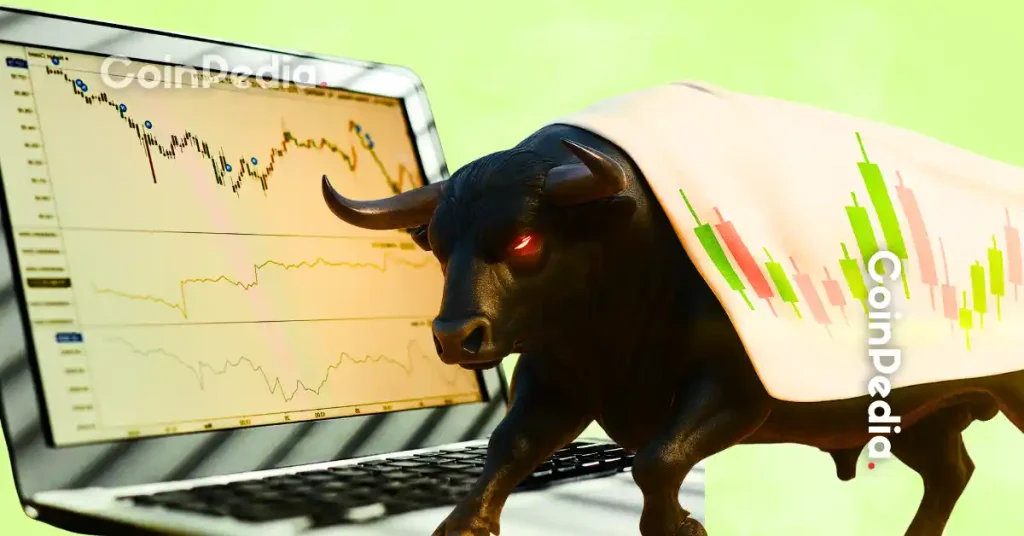
Over the past few years, regulators have expressed concern that decentralized finance (DeFi) could pose risks to traditional finance (TradFi). Concerns were further heightened by the 2022 collapse of the algorithmic stablecoin Terra USD (UST) and the collapse of the cryptocurrency exchange FTX, but the actual impact on incumbent financial institutions was relatively limited. rice field.
However, following the successive failures of Silicon Valley Bank and Signature Bank, a new perception is spreading. It is recognized that the turmoil of existing financial institutions may affect DeFi.
loss of peg
On March 10, the day the Silicon Valley Bank transferred to the Federal Deposit Insurance Corporation (FDIC), those concerns became reality when Circle’s stablecoin, USD Coin (USDC), lost its dollar peg.
USDC fell below $0.90 after Circle announced it was depositing about $3.3 billion of USDC’s reserves with bank-plagued Silicon Valley banks.
Other stablecoins with lower circulation, such as Paxos-backed Binance Dollar (BUSD) and MakerDAO-backed crypto-backed Dai (DAI), have also lost their dollar pegs.
Tether (USDT) appears to be the only stablecoin that has benefited from the banking crisis, with its price surpassing $1 as investors move away from stablecoins that have lost their dollar pegs.
New risks come to light
The dollar peg loss ended in a relatively short period of time. After the announcement of the full protection of Silicon Valley Bank deposits, USDC began to move towards $1, with USDC, DAI, and BUSD all holding $1 as of April 2nd.
But in Moody’s view, new risks are now exposed.
The loss of the dollar peg highlights the limited stability of stablecoin issuers, who rely on a relatively small number of financial institutions. The wider awareness of these risks makes things even worse for stablecoin issuers.
After USDC lost its peg, Circle managed to build relationships with new banking partners, spreading the risk of deposits being concentrated in a particular bank. Nevertheless, TradFi’s financial institutions may reconsider their transactions with stablecoin issuers, and if the number of potential trading partner financial institutions decreases, the fiat currency-linked stablecoin will maintain a stable exchange rate. becomes even more difficult.
Possibility of tightening regulations
Recent events may also prompt regulators to step up their scrutiny of stablecoins. Last year’s Terra crash raised concerns about stablecoin reserves, prompting regulators to recommend further liquidity and transparency requirements.
The loss of dollar pegs for USDC and other stablecoins has also highlighted governance risks around custody of reserve assets. The EU’s Crypto Assets Regulation (MiCA) also touches on this point, but the detailed regulatory standards are left up to EU banking regulators to decide.
Moody’s speculates that the failures of Silicon Valley Bank and Signature Bank will create further regulatory requirements, especially regarding counterparty diversification. As TradFi and DeFi increasingly intertwine through the tokenization of real-world assets, the risk of system-wide collapse increases, increasing the need for effective regulation, transparency and risk management.
Alternative solutions to stablecoins
There is also a growing movement to seek solutions to address the shortcomings of stablecoins. One is the tokenization of bank deposits. Tokenized bank deposits will be subject to regulatory standards for banking, increasing confidence in the safety of the underlying assets. But the credit risk associated with traditional banks remains.
The other is Central Bank Digital Currency (CBDC). A CBDC eliminates the need for a third-party custodian and provides direct access to reserve assets held by the central bank. But Moody’s predicts that large-scale deployment of CBDCs will be years away.
This means that stablecoins will continue to play a significant role in the crypto ecosystem for some time to come. Regulators need to continue to oversee and address risks.
Mr. Cristiano Ventricelli: Associate Vice President, DeFi and Digital Assets, Moody’s Investors Service.
|Translation and editing: Akiko Yamaguchi, Takayuki Masuda
|Image: Jeremy Allaire, CEO of Circle, which works on USDC (Danny Nelson/CoinDesk)
|Original: USDC’s Depeg Laid Bare the Risks Traditional Finance Poses to Stablecoins
The post Risks posed by TradFi to stablecoins highlighted by loss of USDC peg[Column]| coindesk JAPAN | Coindesk Japan appeared first on Our Bitcoin News.

 2 years ago
142
2 years ago
142














 English (US) ·
English (US) ·